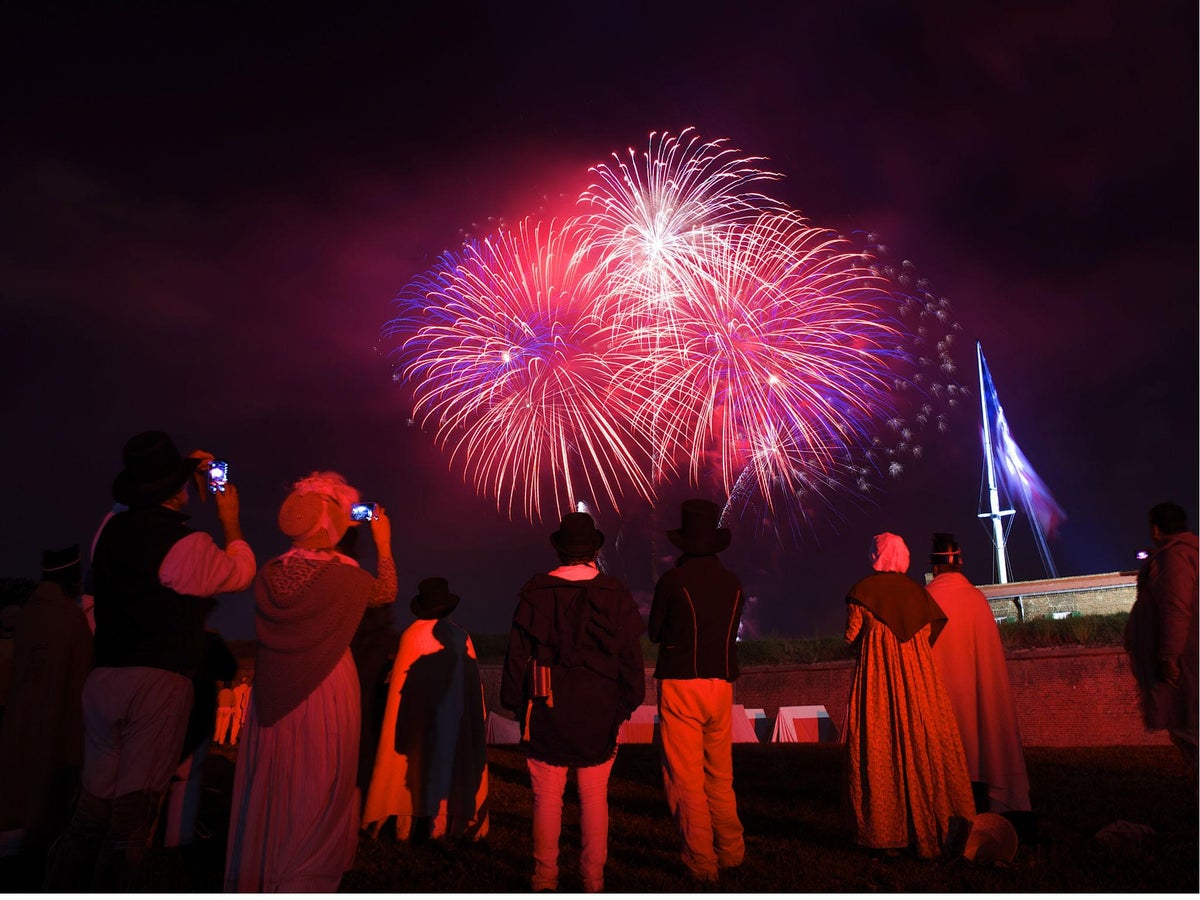
The Fourth of July is a day of summer weather, barbeques and national hot dog eating competitions in America, as the nation celebrates its independence.
But few people will know that the tune of the US national anthem, “The Star Spangled Banner”, a song sung proudly at every Super Bowl, actually originally came from England.
The melody to which Francis Scott Key set the lyrics was derived from “To Anacreon in Heaven”, the constitutional song of the Anacreontic Society, a private gentleman’s club in London.
The song was named after a Greek poet called Anacreon, who gained notoriety for his poems about women and drinking.
It went on to be a common song sung in taverns in colonial America, but Congress did not name it the official US anthem until 1931.
The composer of the melody was John Stafford Smith, born in Gloucester in March 1750 and the son of a cathedral organist. He went on to join the Chapel Royal in London and was a pupil of composer William Boyce.
Smith became a member of the Anacreontic Society, which first met in taverns on The Strand in central London, reaching around 80 members.
Held every other week, the meeting would begin with a concert of musicians and end with a dinner, puppet shows and other activities.
Members sang “To Anacreon in Heaven”, whose lyrics were written by society president Ralph Tomlinson.
While the private club dissipated in the 1790s, the song continued to appear in printed music and made its way across the Atlantic.
Despite its growing popularity overseas, the composer, Smith, apparently did not attempt to advertise his own authorship. He died in London in 1836.
By the time of the US civil war in 1861, the mix of Smith’s melody with Key’s lyrics had become one of the country’s most known and treasured songs, and was adopted by the military soon after.







